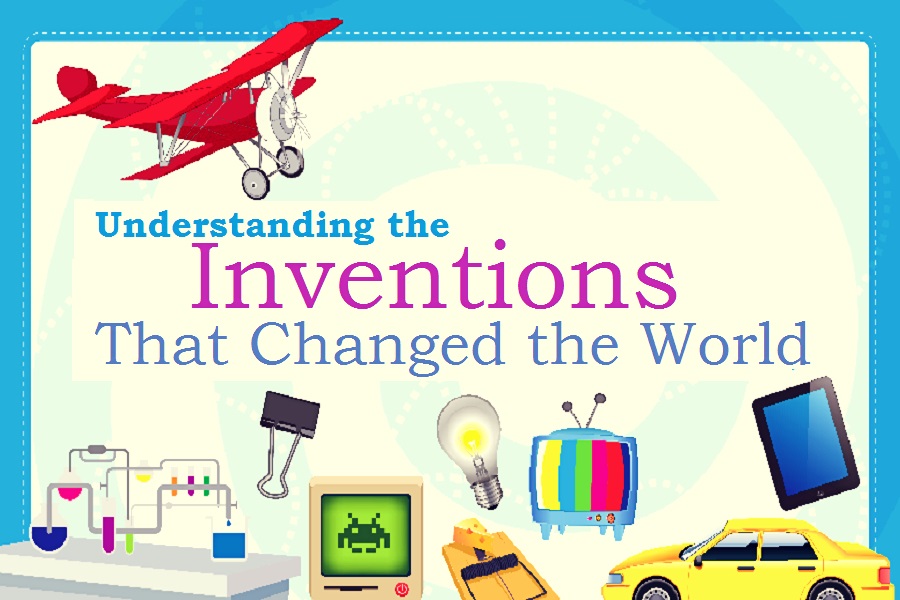Top 5 inventions that changed the world
Humans have dreamed up and created some amazing — and sometimes unorthodox — inventions. From the moment someone bashed a rock on the ground to make the first sharp-edged tool, to the debut of the wheel to the development of Mars rovers and the Internet, several key advancements stand out as particularly revolutionary.
THE WHEEL

Before the invention of the wheel in 3500 B.C., humans were severely limited in how much stuff we could transport over land, and how far. The wheel itself wasn’t the most difficult part of “inventing the wheel.” When it came time to connect a non-moving platform to that rolling cylinder, things got tricky, according to David Anthony, a professor of anthropology at Hartwick College.
“The stroke of brilliance was the wheel-and-axle concept,” Anthony previously told Live Science. “But then making it was also difficult.” For instance, the holes at the center of the wheels and the ends of the fixed axles had to be nearly perfectly round and smooth, he said. The size of the axle was also a critical factor, as was its snugness inside the hole (not too tight, but not too loose, either).
THE NAIL

This key invention dates back more than 2,000 years to the Ancient Roman period and became possible only after humans developed the ability to cast and shape metal.
Until the 1790s and early 1800s, hand-wrought nails were the norm, with a blacksmith heating a square iron rod and then hammering it on four sides to create a point, according to the University of Vermont. Nail-making machines came online between the 1790s and the early 1800s. Technology for crafting nails continued to advance; After Henry Bessemer developed a process to mass-produce steel from iron. By 1913, 90 percent of nails produced in the U.S. were steel wire.
THE COMPASS : inventions

Ancient mariners used the stars for navigation, but this method didn’t work during the day or on cloudy nights, making it dangerous to travel far from land.
The first compass was invented in China during the Han dynasty between the 2nd Century B.C. and 1st Century A.D.; it was made of lodestone, a naturally-magnetized iron ore, the attractive properties of which they had been studying for centuries. However, it was used for navigation for the first time during the Song Dynasty, between the 11th and 12th centuries,
Soon after, the technology to the West through nautical contact. The compass enabled mariners to navigate safely far from land. Opening up the world for exploration and the subsequent development of global trade. An instrument still widely used today, the compass has transformed our knowledge and understanding of the Earth forever.
THE PRINTING PRESS : inventions

German inventor Johannes Gutenberg inventions the printing press sometime between 1440 and 1450. Key to its development was the hand mold. A new molding technique that enabled the rapid creation of large quantities of metal movable type. Though others before him — including inventors in China and Korea — had developed movable type made from metal. Gutenberg was the first to create a mechanized process that transferred the ink . Which he made from linseed oil and soot.











